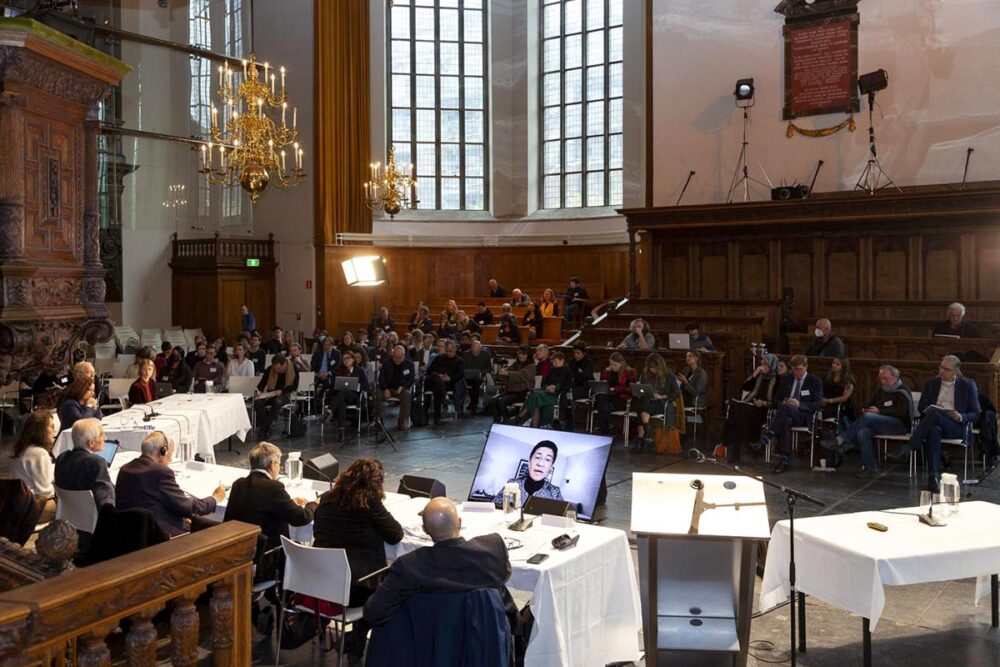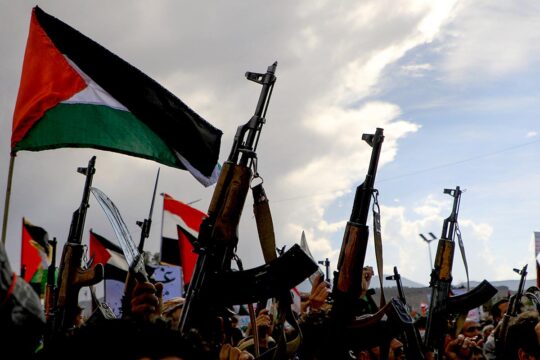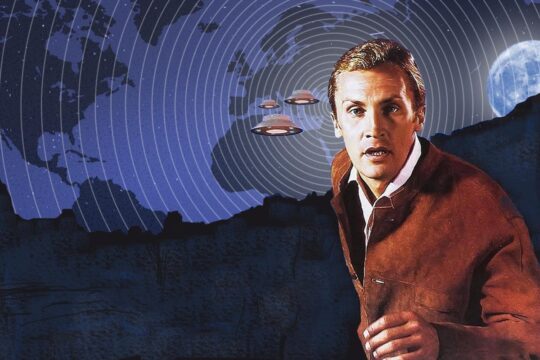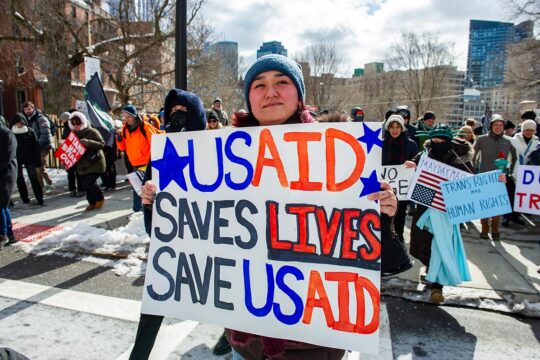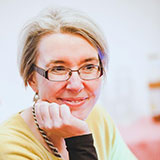In the Hague, the city of international law, in a room with beautiful 18th-century high stucco ceilings, surrounded by gilt mirrors and tall windows, a group of three berobed ‘judges’ take their places on a dais and listen while a ‘registrar’ also in court robes calls the case against Vladimir Putin for aggression against Ukraine.
Geoffrey Nice KC is best known as the prosecutor of former president of Serbia Slobodan Milosevic at the International Criminal Tribunal for the former Yugoslavia (ICTY). He tells Justice Info how he was gradually convinced by the concept of people’s tribunals. “You just have a right to do it as a citizen of the world. Nation states and international obligations leave undone many, many things that the ordinary public probably think should be done,” says Nice. “We can do that which the international community is not doing.”
The list of judgments of the Permanent People’s Tribunal which has been going for more than 40 years, spans several continents and all the major hot-button issues including liberation struggles, environmental crimes and human rights violations.
A “kangaroo court”?
“The choice for people’s tribunal is a little bit controversial”, recognises Jasmijn de Zeeuw, a legal advisor at the Dutch NGO Free Press Unlimited. Her organisation was one of those behind the creation of the People’s Tribunal on the Murder of Journalists, held in The Hague in 2021-2022. She was at first hesitant because it could be criticised as lacking legitimacy and seen as a “kangaroo court”. But to her it was the right choice because it is “a way of calling for action in cases where so little was being done, that it was kind of a last resort”.
Shadi Sadr, an Iranian human rights lawyer and a PhD candidate at Leiden University, has been involved in several people’s tribunals. The Iranian human rights activist has seen how the ones that discussed rights violations in her country - the Iran Tribunal and the Aban Tribunal enabled “NGOs, survivors, victims” to shake off the easily-applied label by the regime in Tehran of “opposition” and “having a political agenda” and instead, their cases are strengthened by engaging with “a group of internationally renowned lawyers who have nothing to do with the case of Iran”. “They are neutral, independent, impartial,” she says of the judges. That makes “discrediting their judgement difficult,” she says. “Then the credibility of the judgement can help NGOs or survivors or victims community to push the international community to take meaningful steps and measures, like justice and accountability.”
But do they achieve that larger goal? De Zeeuw says the journalists’ tribunal has led to further “positive outcomes”: “For example, the evidence that was collected in the Sri Lanka case was requested by the UN Human Rights Office. In Mexico, we’re really hoping that the evidence of the tribunal and the testimonies that were deposited will actually be used by the federal prosecutor to start cases and we are currently working with a collective of family members to continue these efforts. Syria is, of course, a bit of a harder case but the evidence, collected by the SCMP [the Syrian Center for Media and Freedom of Expression, lead by Mazen Darwish] continues to be brought to the attention of relevant bodies”.
“To show that the problem is political will”
But what makes a people’s tribunal a people’s tribunal? The classic definition by academics who took a close look at the ones from the middle of the 20th century onwards is: “A civil society initiative establishing a forum for a body of eminent persons and/or experts to consider allegations of violations of specific standards of international law …in the light of documentary and other forms of evidence presented to them in formal proceedings.”
They can be diverse, not only focusing on human rights but also issues such as environmental problems and the role of international organisations. States generally have the monopoly on prosecuting serious human rights violations - unless they delegate that to an international court such as the International Criminal Court (ICC). Sovereignty though can act as a shield preventing victims’ access to justice or trying to mould a set of events to fit the official narrative.
“We thought the form of a people’s tribunal is very interesting, because often in these cases, states use the argument that it’s not possible to organise a hearing or to collect the evidence,” says de Zeeuw. “We wanted to show actually, by doing it ourselves, that the problem is political will and not the fact that this evidence isn’t available”.
More than 50 judgments
The fact that there are so many - the Permanent People’s Tribunal lists more than 50 judgments, and it’s not exhaustive - shows that NGOs and activists perceive a real need and that there is a gap in the current, less than perfect system of international justice.
And then there’s the copycat effect: “To some extent they breed others,” suggests Nice, “People hear about them and think, well, that’s a good idea”. Indeed, Sadr was “so inspired” by the “experience and also the evidence” in the Iran Tribunal that she helped set up another in its wake - the Aban Tribunal.
For legitimacy, the detail of how the tribunals are both set up and run matters. Who sets them up - are they self-appointed single-issue, undemocratic zealots who are determined to have one result only from their ‘People’s Tribunal’, to wave at the media as evidence of wrongdoing by the powerful? Or are they accountable also for their actions?
At the Aban Tribunal, Sadr says they were especially “careful of creating a Chinese Wall between the organisers and the judges” so that the judges’ opinions would not be influenced by the activists. “We looked for evidence favourable to the other side. So that it wasn’t a sort of show trial. We applied the absolutely strict standard of proof beyond reasonable doubt,” says Nice of the China and Uyghur Tribunals which he chaired.
For the journalists’ tribunal, de Zeeuw says they worked hard at finding “a good balance between using the kind of legitimacy that comes with organising it as a court and at the same time building in the safeguards that make sure that you don’t make a mockery of the judicial process”. One thing was having “an independent body selecting the judges”. “Another choice that we made was not to indict individuals, but instead indict states. That way you also avoid this kind of farce of having a defence counsel defending individuals that cannot actually consult with them. We also invited the states to defend themselves if they wanted to,” she says. Even then, respondents rarely - if ever - appear at any of these tribunals which does leave them exposed to a critique of perceived bias and politicisation.
“They are not courts, they are people”
To counter that, De Zeeuw thinks transparency is the key. “We did everything in public," echoes Nice of the very high-profile people's tribunals he has worked with. “All the written materials are available”. In addition, among “the members of the tribunal, everyone was unpaid,” he said. But the balance, says De Zeeuw is keeping it “both legitimate, but also within the boundaries of what’s acceptable if you’re not an official court.”
Nice says they shied away of being overly legalistic. “The only legal word we tended to use is the word ‘Judgment’. There is an important reason for using the word ‘judgment’. It’s the same form of the word that is in a judicial judgement. But this is the judgment of human beings.” And he is especially critical of tribunals that have the external trappings of a court.
“There are still tribunals of the kind that turn up wearing robes. And calling themselves judges and all that sort of thing. They’re not real courts. They are people. That’s what’s in the title. It may seem trivial, but it’s actually very, very important conceptually. A robe suggests that you’re carrying the authority of a state or of a body like the UN which have powers to imprison people or apply other sanctions once they reach judgments,” he says.
“I am not concerned with success”
It’s difficult to assess the real legacy of people’s tribunals. Nice disavows any concern with legacy on the part of the judges. Rather, he says, “the legacy is the legacy of those who’ve used the evidence and the judgment to have an effect”.
For De Zeeuw, it was important to “show that it is possible to gather evidence of responsibility for journalist’s murders if you just put the political will and the capacity and the energy behind it.” In fact, in the part of that tribunal devoted to the death of a Mexican journalist “a lot of witnesses, including the family who were speaking out for the first time, hadn’t even given evidence to the federal prosecutor yet on the case, because on the lack of trust in these state institutions”, she says. But “because they did it, a lot of other families in Veracruz organised afterwards in a collective to together speak out about these cases, also realising that they were much stronger if they do it together.”
“I’m not concerned with success because that would make me an activist, wouldn’t it? Assessing ‘success’ lies with what activists may achieve by use of the judgment,” Nice says. And as for what happens to mountains of evidence? “It’s there in the public sphere. It is for others to make use of. We’re in this great universe and we’re simply pressing a start button, by making these findings and it’s up to other people whether they will pick up on that.”


